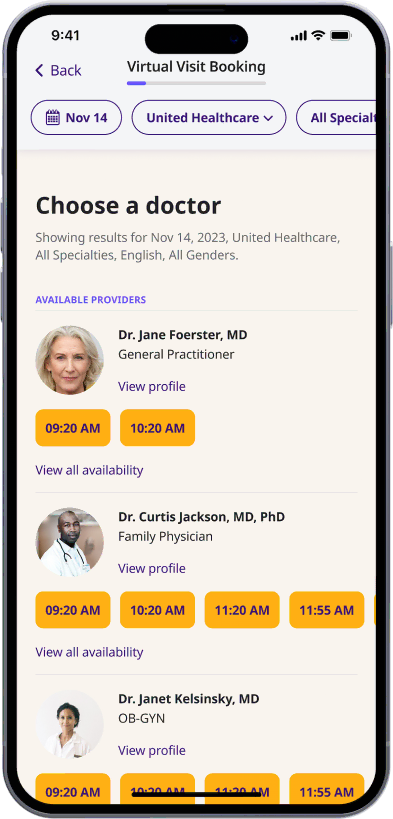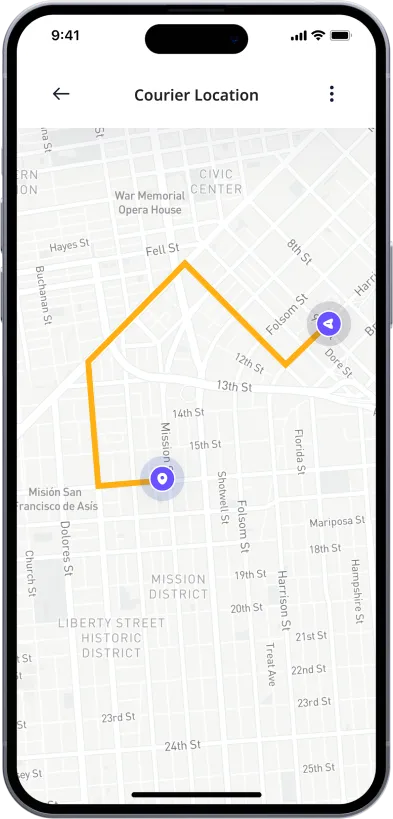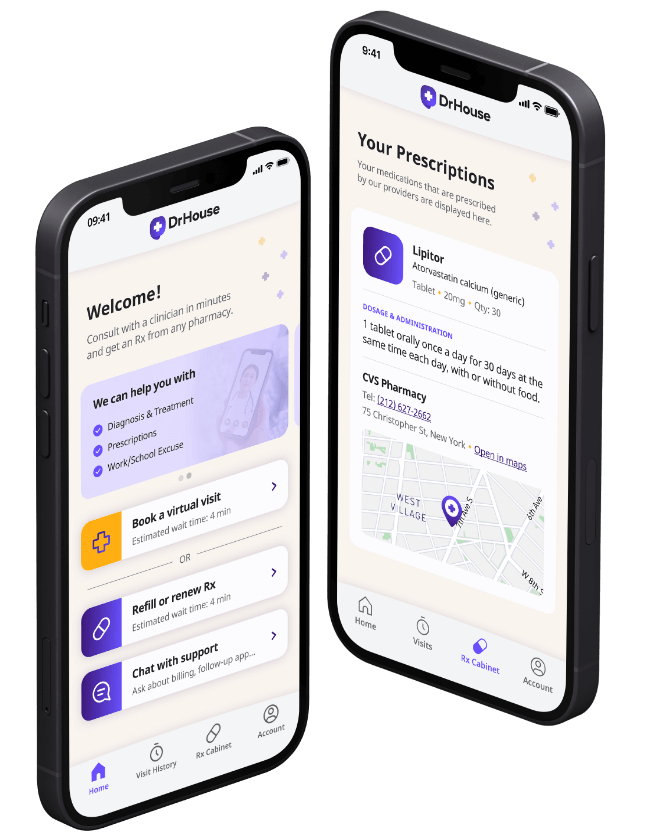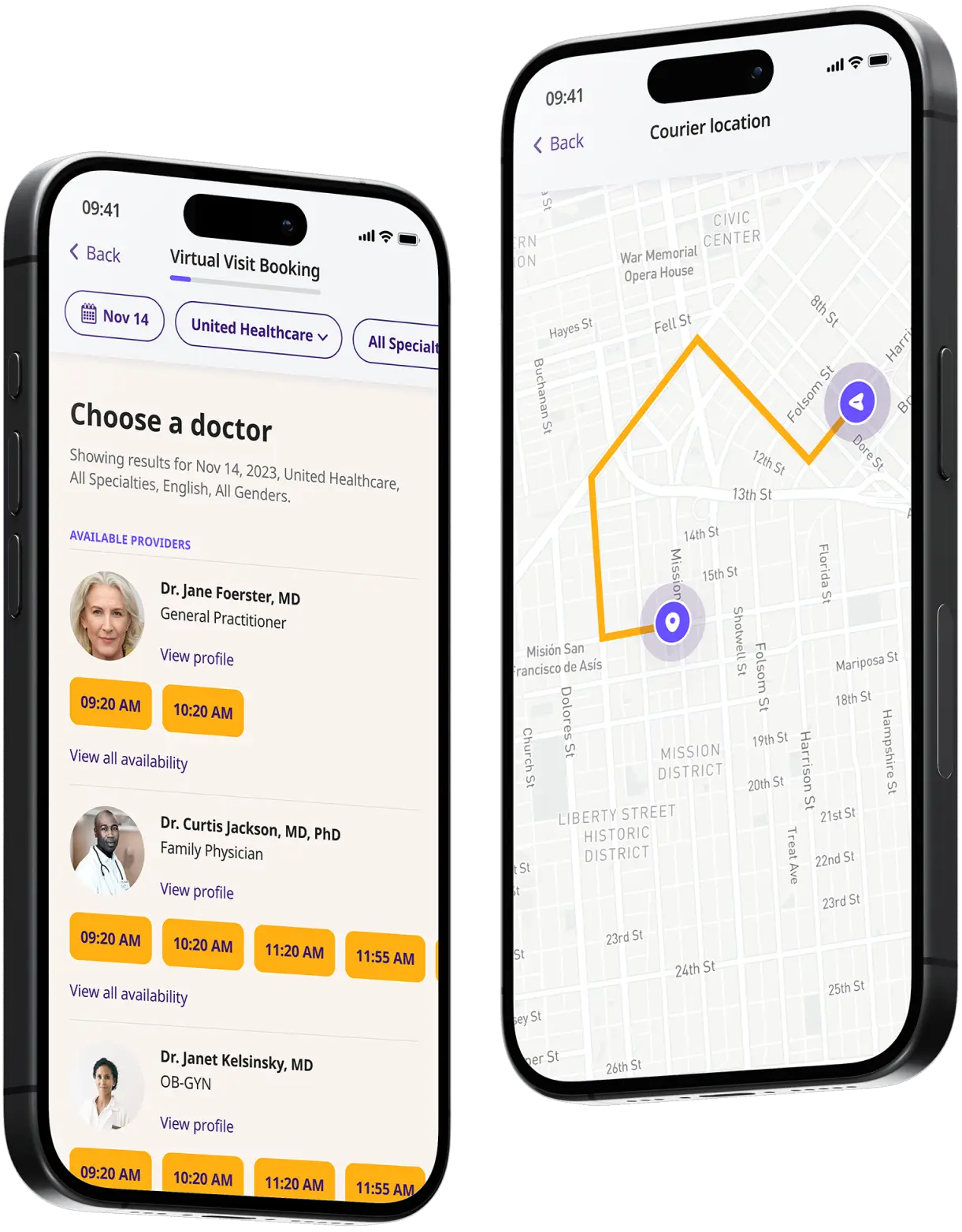Get a Valsartan Prescription Online (Diovan)
Get a new prescription for valsartan (Diovan) or refill your medication online.


Available in 50 states. Insurance accepted.
Fast
virtual visits
24/7 care
assistants
Prescriptions
as needed



How to get started
Choose your doctor, start a virtual visit, and have your prescriptions sent to your preferred pharmacy for pickup — all in just a few easy steps.
Choose a doctor
Choose a physician by availability, specialty, ratings, and more.

Start a video call
Get connected with a doctor anytime, anywhere.

Receive your prescription
Get your Rx from the pharmacy of your choice.

Available in 50 states. Insurance accepted.
One-Time
Physician Visit
One-time visit with a physician for diagnosis, treatment, Rx, labs, referrals, and doctor’s notes.
Accepted Insurances
See why people turn to DrHouse...
As seen in

Valsartan (Generic Diovan)
What Is Valsartan?
Valsartan is a medication that is taken to treat high blood pressure (hypertension) and certain heart-related conditions.
The drug belongs to a group of angiotensin II receptor blockers which work by blocking the hormone angiotensin II to lower blood pressure.
Valsartan is available in generic form (generic Diovan) as well as under the brand names Diovan and Prexxartan.
How Does Valsartan Work?
Being a receptor blocker, Valsartan works by blocking the effects of the hormone angiotensin. This means it cannot bind to the receptors that are found on blood vessels and other tissues stopping them from restricting and narrowing which helps enhance blood flow and improve blood pressure as well as stimulate aldosterone production.
Valsartan also indirectly reduces the secretion of the hormone aldosterone, which in turn encourages the kidneys to excrete sodium and water, further helping to lower blood pressure.
What Is Valsartan Used For?
Valsartan is used for a variety of different conditions, mainly lowering blood pressure. Through dilating the blood vessels, blood can flow through more easily and is less likely to become blocked.
Other uses for Valsartan include:
- Managing heart failure
- As a treatment post-heart attack to help reduce the risk of further events or complications
- As part of combination therapy with other medicines
- Treating diabetic nephropathy, a kidney disorder common in people with diabetes, usually as part of a broader treatment plan
What Are the Side Effects of Valsartan?
Valsartan can come with certain side effects. So before taking Valsartan, it’s important to consult with your doctor or healthcare professional to discuss any potential side effects
If you do experience any adverse effects, get in touch with a healthcare professional immediately to ensure they are kept under control.
Some of the more common side effects of Valsartan include:
- Dizziness or lightheadedness
- Fatigue or weakness
- Headaches
- Coughing
- Higher blood potassium levels
- Stomach pain
- Diarrhea
- Back pain
Some of the more serious side effects, and those you need to get urgent medical attention for, include:
- An allergic reaction that impacts the skin such as a rash, severe itching, or swelling
- Low blood pressure which can result in fainting or blurred vision
- A reduction in your kidney function
- Angioedema where swelling happens in the deeper layers of the skin and can lead to difficulty breathing
- Pancreatitis
- Changes to your liver function
The listed side effects above are not an exhaustive list. Also, not everyone will experience these side effects and individual reactions can vary. If any side effects do occur that are not listed above, please contact your healthcare professional for further advice.
How to Take Valsartan?
The exact dose for Valsartan will depend on guidance given by your healthcare provider as it can depend on the individual case and whether you are using it alone or as a combination drug.
Try to take Valsartan at the same time every day – whether this is morning or evening is up to you and it can be taken both with or without food. If you forget to take a dose, take your next one as soon as you remember, but never take a double dose to make up for it.
Frequently Asked Questions About Valsartan
What Is the Most Common Side Effect of Valsartan?
The exact side effects of Valsartan will depend on the individual and can vary, but generally speaking, the most common side effect of Valsartan is dizziness or lightheadedness.
This can happen when you stand up suddenly as the medication causes a drop in blood pressure. To avoid this, take your time when standing from a seated or lying position and move gradually to an upright one.
Other common side effects include headaches, fatigue, coughing, and stomach pain. If any of these or any other side effects occur that are not listed here, please contact your healthcare provider for further advice.
Is Valsartan Safe?
When taken according to the instructions provided by a healthcare provider, Valsartan is considered safe.
But just like any other medication, Valsartan does have its own set of risks and side effects associated with it. Make sure to discuss these with your healthcare provider before taking the drug and follow their instructions closely to ensure your safety.
What to Avoid While Taking Valsartan?
When taking Valsartan you should avoid the following:
- Alcohol – Drinking alcohol can further lower your blood pressure.
- Potassium supplements – Valsartan can elevate the potassium levels in your blood. Combining it with potassium supplements can lead to dangerously high levels of potassium in your blood.
- NSAIDs – NSAIDs like ibuprofen can interact with Valsartan and may increase your risk for kidney problems.
- Some diuretics – Certain diuretics can increase the risk of low blood pressure when taken with Valsartan.
Also, try to avoid operating any heavy machinery or driving when you start taking Valsartan. You should wait and see how the mediations affects you before carrying out any activities that require full concentration.
It is also important to avoid taking any other medication without consulting with your healthcare provider first, as they may interact negatively with Valsartan. This may include herbal supplements and over-the-counter medications.
The list above and all of the mentioned things are just an overview of a few things you should avoid and are not exhaustive. Make sure to converse with your healthcare professional for full details and further advice.
Is Valsartan a Strong Blood Pressure Medicine?
While the term “strong” can be very subjective and the actual effectiveness of Valsartan can depend on the individual, it is considered to be an effective medication for treating high blood pressure.
How Long Does It Take for Valsartan to Work?
Valsartan starts lowering your blood pressure within 2 hours and the peak blood pressure-lowering effect is usually achieved within 2 to 4 weeks of starting the medication.
What Is the Typical Dosage for Valsartan?
The specific dosage of Valsartan will depend on the condition being treated as well as other factors such as your age, other medication you take, and overall health.
For hypertension, the typical starting dose of Valsartan is 40 mg per day. This can be increased to a maximum of 320 mg per day.
For heart failure, the initial dose is 40mg twice daily. It can then be increased up to 320mg daily depending on your individual case and response to treatment.
For post-heart attack treatment, the typical starting dose is 20 mg twice a day.
Make sure to follow the instructions provided by your healthcare provider and not to change or increase the dosage without consulting with them first.
Can You Get Valsartan Over-The-Counter (OTC)?
No, Valsartan is not available over-the-counter and can only be obtained with a prescription from your healthcare provider.
For more detailed information about Valsartan, you can refer to the following sources:
- Diovan prescription label, Food and Drug Administration (FDA).
- Valsartan, Drugs.com.
- Valsartan, MedlinePlus.
The content on this page has been medically reviewed for accuracy and comprehensiveness by Amy Dougherty, FNP-BC, AGAC
Related services
Explore more of our services tailored to your needs and discover additional ways we can support your healthcare needs.
Frequently asked questions


